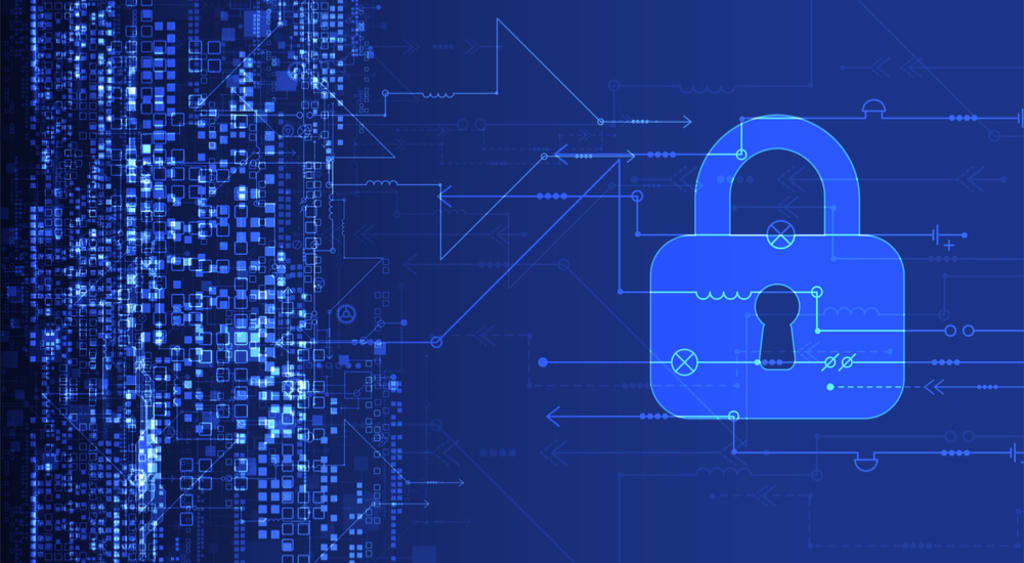The Rise of AI Powered Threat Actors and The Importance of Pen Testing
Importance of Pen Testing

One of the most efficient methods for determining an organization's risk posture is penetration testing. While gap assessments, audits, architecture reviews, and vulnerability management are all standard procedures that offer significant value, pen testing is still the only option. When done accurately, it implies where everything becomes real - - filling in as a situational gauge for adjusting security guards to consistently developing digital dangers and monetary real factors.
Pen testing is fundamentally a form of ethical hacking in which simulated threat actors attempt to discover and take advantage of critical security flaws in an organization's environment. In light of the rapid rise in AI-powered attacks on enterprise networks, this visibility highlights the connection between cyber risk and business risk. For this reason, organizations search for the best pen-testing companies across the globe.
For instance, the rise of ChatGPT has been well-documented as a game-changer in cybercrime. ChatGPT makes highly advanced tactics, techniques, and procedures (TTPs) accessible to common adversarial threat actors, allowing them to produce more lethal outcomes at lower costs. Effective pen testing programs that help mitigate the severe business impact of breaches are becoming increasingly important as the ability of common malicious hackers to continuously punch above their weight class increases. IBM estimates that in 2022, victims will lose a record-high $9.4 million per breach.
The problem is exacerbated by a pattern of inadequate security measures in both the public and private sectors. In the "Think Like a Hacker -- Inside the Minds and Methods of Modern Adversaries" 2022 Ethical Hacking Survey conducted by the SANS Institute, more than 75% of respondents indicated that only a few or some organizations have effective network detection and response capabilities to stop an attack in real-time. In addition, nearly half of the respondents stated that the majority of businesses are either moderately or highly incapable of detecting and preventing breaches that are specific to applications and the cloud. More work is required to shift the balance of power away from adversaries.
Enter pen testing, which has the potential to provide unparalleled contextual awareness for improving cyber defenses, threat remediation, and recovery procedures within an overall risk management architecture. To get the most out of pen testing programs implemented on a large scale, organizations should keep the following fundamental principles in mind.
The Driving Outlook
Josh Abraham, a long-time colleague and close friend of mine, made a compelling case for the increased use of a goal-oriented approach to pen testing just over a decade ago. He began by asking two straightforward questions: Why is the pen tester motivated? How do they know what they want or which level of access poses the greatest danger to the company?
An unambiguous set of predetermined objectives that did not revolve around the tactical procedures and technical workflows that were most commonly associated with pen testing at the time responded.
I mean, really?
Yes, vulnerability assessments and pen testing are not the same thing. Pen testing, on the other hand, is meant to manually test an organization's defensive posture against data theft or unauthorized access to uncover fundamental business risks. The goal is not to find the vulnerabilities themselves but rather to find the doors that those vulnerabilities open and the business consequences of letting an adversary pass through them without being noticed. This highlights the significance of the best pen testing companies.
Today, pen testing has established Abraham's goal-oriented approach as a fundamental principle. For ethical hacking to be of maximum benefit, predetermined objectives must be established and organized around an organization's most vulnerable areas of business disruption to simulate an attack in the worst-case scenario. To gauge an organization's level of cyber resilience, ethical hackers target these areas, revealing how isolated low-risk vulnerabilities can combine to form a broader high-risk scenario that puts their business at risk, such as:
• A ransomware attack that blacks out a nationally televised sports broadcast could cost a major TV provider billions in advertising revenue.
• A nation-state attack that contaminates the water supply of an entire city and causes a public health crisis could pose a threat to a water treatment plant.
• It could be an insider threat attack against a federal agency that leaks national security intelligence to foreign adversaries for financial gain.
Pen testing must begin with a firm understanding of the attacker's ultimate goal and how it could harm a business, regardless of what constitutes a doomsday scenario. That is the only genuine method for identifying the appropriate vulnerabilities and the appropriate context for reducing business risk.
Joining the vulnerability marks
Pen testing emerged as an essential component of proactive risk prioritization as the distinctions between cyber and business risk grew increasingly fuzzier over time. It makes it possible for businesses to generate in-depth visibility into their risk posture by linking financial forecasts and probability scales to various aspects of their security environment. CISOs have the foresight to make educated decisions by weighing the business risk of a potential attack against the likelihood that it will happen with these high-level insights. To improve security and increase return on investment, they then allocate security resources accordingly.
Pen testing also aids in demystifying the complexity of the cyber threat landscape by translating cyber risk into actionable business terms that are more palatable to the board and C-suite. It is much simpler for cyber-resilience leaders to articulate risk in a manner that encourages collective buy-in from corporate leadership to ensure that security remains a top organizational priority with actual illustrative stories from recent pen testing engagements.
It is essential to keep in mind that, regardless of how effective a pen testing program is, there will always be gray areas and uncertain decisions regarding risk priority. Pen testing ensures that CISOs can make the best decisions possible. If they don't, they are taking a chance without knowing what their actual business risks are.
The Significance of Pen Testing
Similarly, as online protection is a group activity, so is pen testing? In its most basic form, a pen testing program uses targeted offense—the same TTPs that sophisticated threat actors employ—as a guide for how businesses should build their defenses. Red team exercises can also be preceded by pen testing. Red team exercises include a red offensive team as well as threat hunters and security operations center analysts as the blue defensive team for more mature organizations that already conduct regular pen testing. In addition, as we were all taught in cybersecurity and elementary school, the purple color and purple team are the result of combining the two. For this reason, the importance of the best pen testing companies cannot be overlooked.
Purple teaming is frequently portrayed incorrectly. It is not a single group of hunters and offensive experts working together. Instead, it is a verb in this context that describes how the red and blue sides can work together to increase operational efficiency, sharpen strategy, and expand knowledge. While it may not be immediately apparent, blue can support red in the same way that red supports blue.
Ethical hackers can gain a better understanding of the process by which particular TTPs were identified through collaborative intelligence sharing, for instance. In this manner, the red team can modify its strategy for the subsequent attempt to ensure that it is more lethal, strengthening the blue team. It's like sharpening an iron rod; in the end, everyone wins.
There will be no sign of a slowdown in the adoption of AI on either side of the cybersecurity divide anytime soon. What we thought we knew about AI-based attacks two weeks ago may no longer apply today. AI-powered attackers are here to stay. The modern CISO's arsenal should include scalable pen testing as a core component because of this reality. Impactful pen testing and red teaming, along with risk prioritization, well-defined goals, and purple teaming, are the ultimate sources of empowerment for combating adversarial threat actors.
About the Creator
Scott Andery
Scott Andery is a Marketing Consultant and Writer. He has worked with different IT companies and he has 10+ years of experience in Digital Marketing.
Enjoyed the story? Support the Creator.
Subscribe for free to receive all their stories in your feed. You could also pledge your support or give them a one-off tip, letting them know you appreciate their work.






Comments
There are no comments for this story
Be the first to respond and start the conversation.